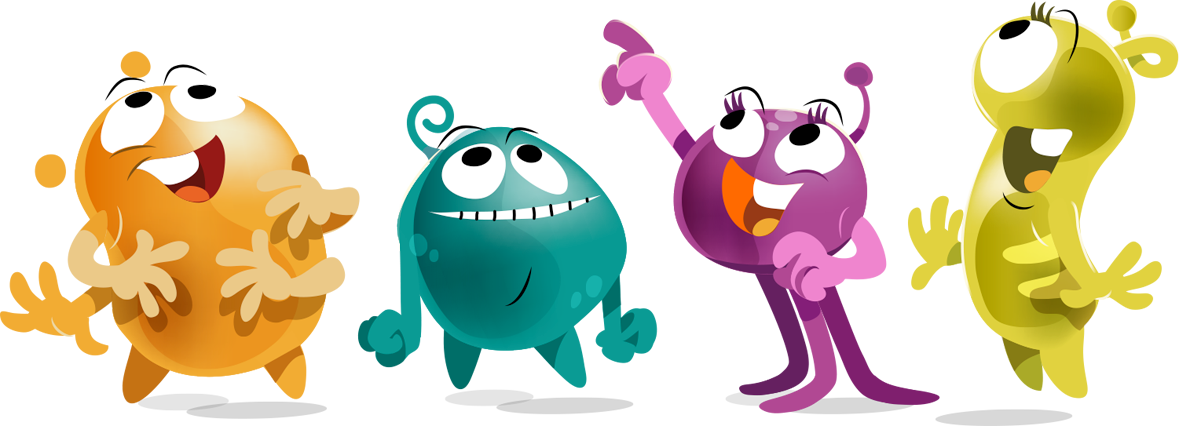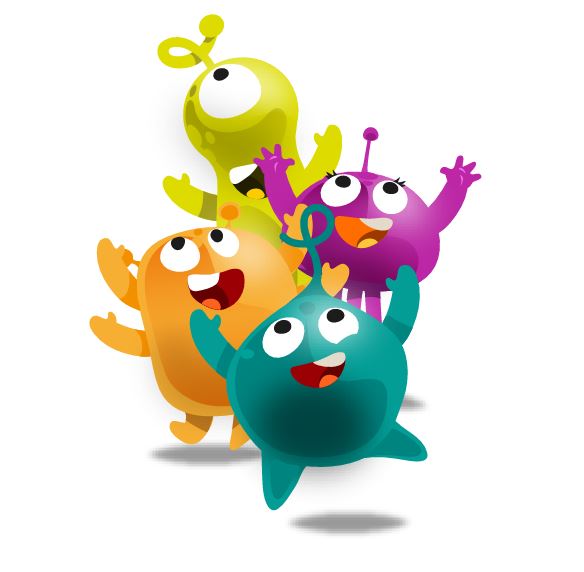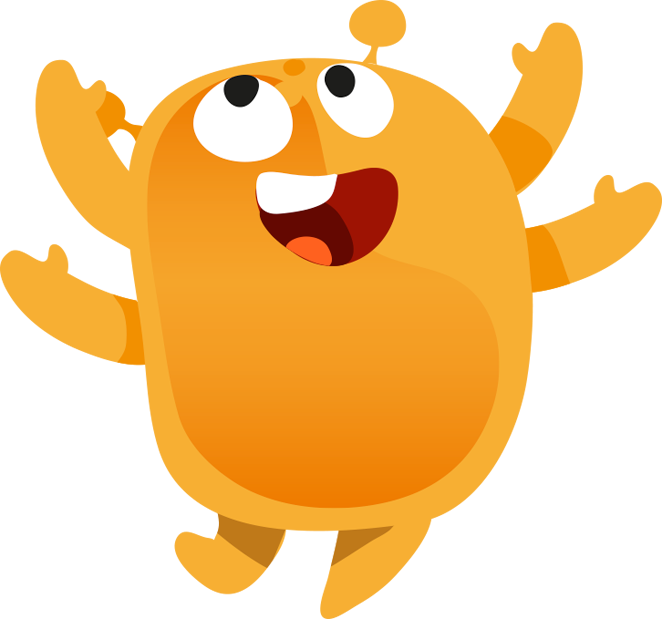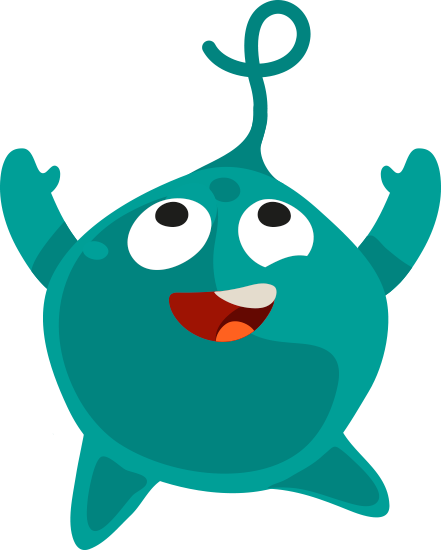Seven-week learning programme designed
for all the first graders around the world.

WHAT?
This works! is an approximately seven-week learning programme that has been designed for all first graders all around the world. It focuses on developing technology skills and transversal competence. An immersive story with educational characters leads both the learners and the teacher through the entire process. The main characters act as role models. Through their individual personalities, they create a joy for learning and motivation for working together.
During the project, the students will build a moving machine of the future in small groups and practice 21st-century skills. Along the way, they will work together to solve problems and rejoice in both their personal and shared successes. The material for the machines will be collected both at school and from home, in accordance with the recycling theme and highlighting sustainable development topics. The story will move forward every week, and the students will be given an exercise related to the weekly theme. When the exercise has been completed, the students will be given instructions on what kinds of materials they should bring from home in order to build their moving machine. Clear guidelines are provided for every week. In addition to the story and exercise, there are suggestions and tips for games, documentation, homework, and first-grader and mentor cooperation. Teachers can follow the instructions to the letter or adapt the material to meet their own or their students’ needs.
HOW?
The students are invited on an enjoyable learning journey, guided by a fun crew of four characters. The characters all have different personalities and strengths. Every child will no doubt be able to identify with one of the characters. Only diverse elements can create a complete whole! This theme also fuels this collaborative learning programme, for both the characters and the students. Everyone’s input and special skills are equally important!
Over the course of the seven weeks, the students will come up with ideas and think about how to put them into practice. They will also plan and perform diverse tasks related to the theme, both alone and in teams. Space will be provided for the student’s creativity and ingenuity. By working in small groups, they will be continually practicing cooperative skills. They will also have to make compromises when they build and test things together.
With the aid of the This works! poster, everyone can follow their shared progress in both the learning process and their journey with the Kip crew. Every week, the teams will be given tasks to complete. Once they have completed the tasks, they can put a sticker on the poster, which can be stuck on the classroom door or wall. At the end of every week, the students will also examine their own learning journey individually. They can colour in 1–3 stars in their own project workbooks, depending on how well they feel they have completed the week’s tasks. Every week, the students are encouraged to persevere, and to try again and again. Students are reminded about mistakes, and will discuss their significance in learning. If a student makes a mistake and learns from it, they can colour in the ‘Oops! Mistake!’ sign in their workbook.
All of the games and weekly exercises, including the suggestions for first-grader and mentor cooperation, can be found in the material pack in printable format. When it’s time to start building the machines, the teacher can help and make sure that all the required tools, accessories and other equipment are available. Teachers should also encourage the students to believe in their team’s own individual ideas, plans and outputs.
This learning programme should definitely be documented, simply because recording the events and various stages of the process will create a fun summary to show parents and other guests at the upcoming Gala. Yet more importantly, by recording their learning journey, the students will understand more about their own learning and the nature of the learning process. It’s also easier to evaluate the process when it has been documented. Finally, pedagogical documentation is also an important aspect of technology education. Various technologies are used in documentation.
WHY?
The programme starts from the child’s perspective by awakening their curiosity in research, experimentation and construction. It also helps them to understand that the world of technology has been created by humans and includes everything that has been produced or created by human beings, all the way from the small objects made by the students themselves to the most complex high-tech products. It also seeks to help students believe in their own abilities and to come up with creative solutions. As the programme progresses, the students are helped to notice the existence of technology and recognise its significance in their own lives. As they are being taught to use technology, they are also learning to understand its impacts.
In schools, technology education has been integrated into a number of different subjects and education in general. That’s why this learning programme has been designed to break subject boundaries and combine the curriculum’s themes and objectives with a multidisciplinary approach. In addition to transversal competence, the students will study at least the following: mathematics, the natural sciences, English, art, handicrafts, physical education, and musical theory and practice. This works! highlights areas that are essential for technology education, such as coming up with ideas, planning and designing, creative problem-solving, computational thinking, technical construction and craftsmanship.
This is based on Finnish National Curriculum









